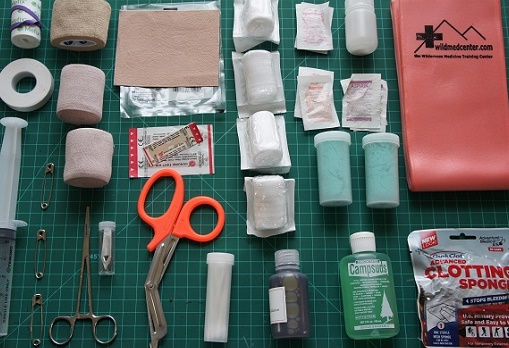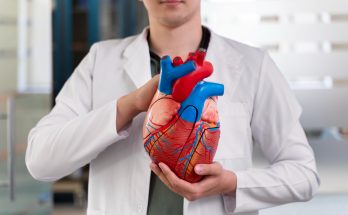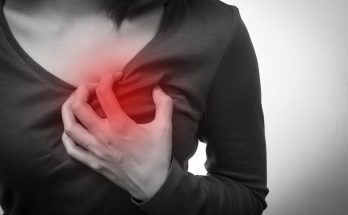A first aid box is a container with medical supplies or medicines for providing treatment, often in emergencies. It can be used even by non-medical people. You can set it up in any clean, dry, closed container to keep the contents safe. The International Organization for Standardization (ISO) recommends adding a white cross on a green background as the first aid symbol. Commercially available first aid boxes come with all essential supplies. However, you can also prepare one at home with common medical supplies.
Contents of first aid box:
1. Antiseptics
An antiseptic solution like Savlon/Dettol is an essential part of any first aid box. Alternatively, you can also include antiseptic wipes. Use them to clean any wound or cut. You can also clean the skin surface before any medical or surgical intervention. Before dressing up the wound, it is important to apply antiseptics thoroughly to avoid the formation of pus.
2. Gauze/Dressing
Dressing material is required to cover a wound after the initial cleaning. These can be gauze pieces, band-aid, gauze roll, cotton swabs. A micropore also helps to fix the gauze over a wound. Adhesive wound dressing helps in the treatment of jointed or contoured areas in the body.
3. Betadine
Povidone iodine solution is a broad-spectrum antimicrobial agent. It cleans the wound/skin by killing bacteria, viruses, fungi, protozoa. To use betadine antiseptic solution, make sure to Clean the wound with water as best you can. Now gently rub the solution around the cut and wait for 15 minutes before dressing.
4. Hydrogen Peroxide
This is useful in wounds which are dirty. It act by its oxidizing property to kill the microorganism and also raise the dirt above the wound surface and facilitate cleaning it. Further, it is known to aid in the removal of phlegm, mucus, or other secretions associated with occasional sore mouth.
5. Gloves
The first step in providing first aid is personal protection. A pair of sterile gloves is essential for providing safety to the caregiver in providing first aid. It is important to wear gloves not just to protect over selves from blood and HIV but also from the fluids and infections from the patient. They provide sterility to process of cleaning and dressing wound preventing secondary infections.

6. Sterile Saline
Sterile saline is an eyewash solution that is used physically wash the eyes when contamination by foreign materials or substances has occurred. It gently washes the eye and provides sensitive and moisture replenishing relief for eyes when infected by any foreign germ or particle.
7. Scissors
The most common use of scissors in first aid kit is for cutting dressing materials, gauze and sometimes even adhesive bandages to an appropriate length. In case of accidents, scissors can be used for cutting away clothing to expose injured areas to be able to treat wounds better. You must buy stainless steel polished medical scissors and bandage scissors to help when cutting bandages and gauze.
8. Thermometer
Temperature of the body is indicative that there is a significant change in your body that probably requires medical attention. Therefore, thermometer is a first aid kit essential as it is used to measure body temperature and helps in objectively grading the intensity of fever. The most common type of thermometer is mercury thermometer.
9. Pocket mask
Pocket mask is a first aid kit essential as it provide forced breaths in Basic Life Support. You may consider buying CPR pocket masks as they have an inflated tube that creates an airtight seal around the nose and mouth which helps you to give breaths to victims of sudden cardiac arrest.
10. Medicines
First aid boxes can contain over-the-counter medicines like painkillers, paracetamol (for fever), anti-diarrhoeal medicines like norfloxacin/tinidazole, anti-allergics like cetirizine, oral rehydration salt solution (ORS).
Additionally, you can include a torch, tetanus injection and a few sterile syringes, which medically trained personnel can use. It’s never too late to complete your first aid kit. Experts advise you to regularly check your kits to ensure everything is there. You never know when you might need this small pouch to save a life.




